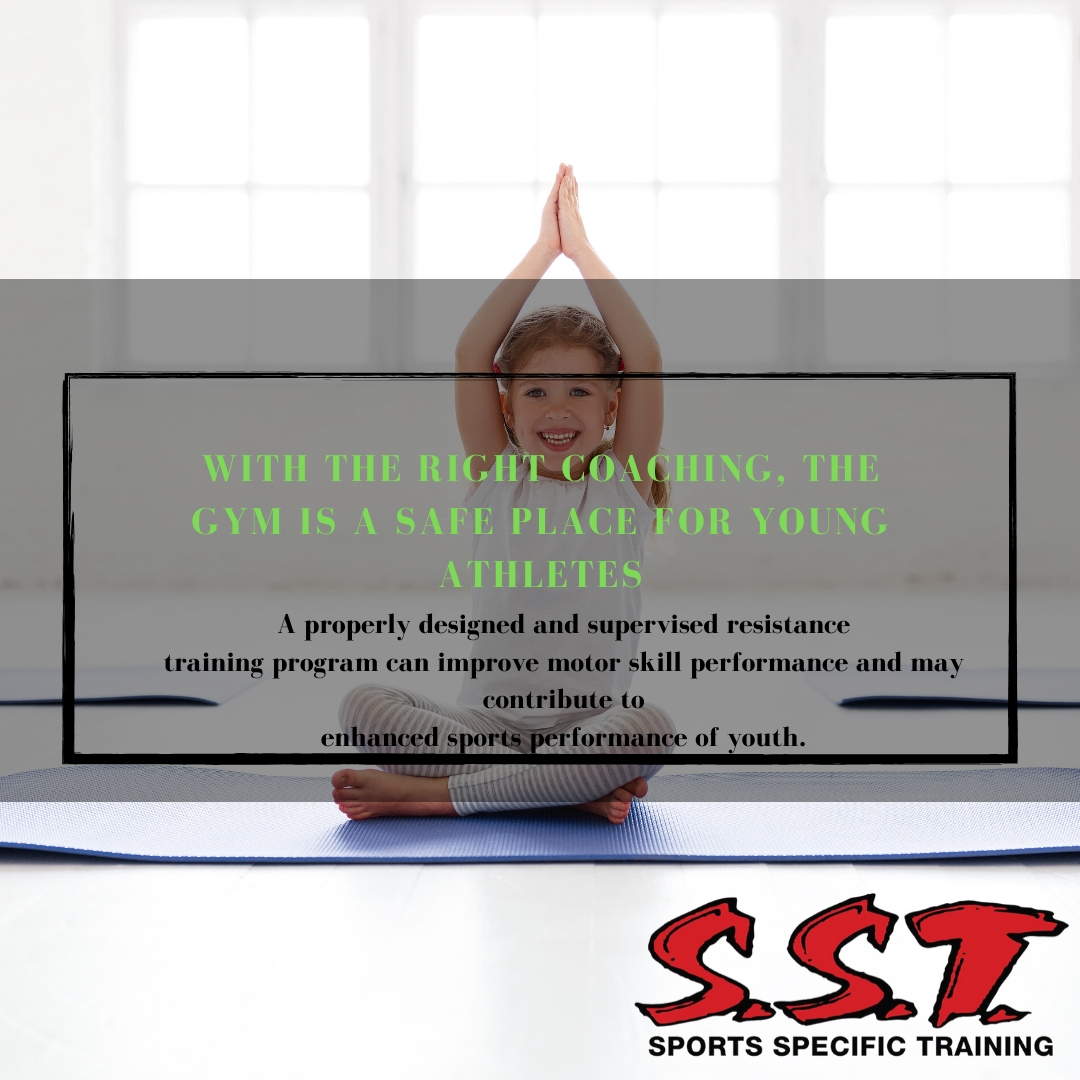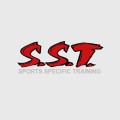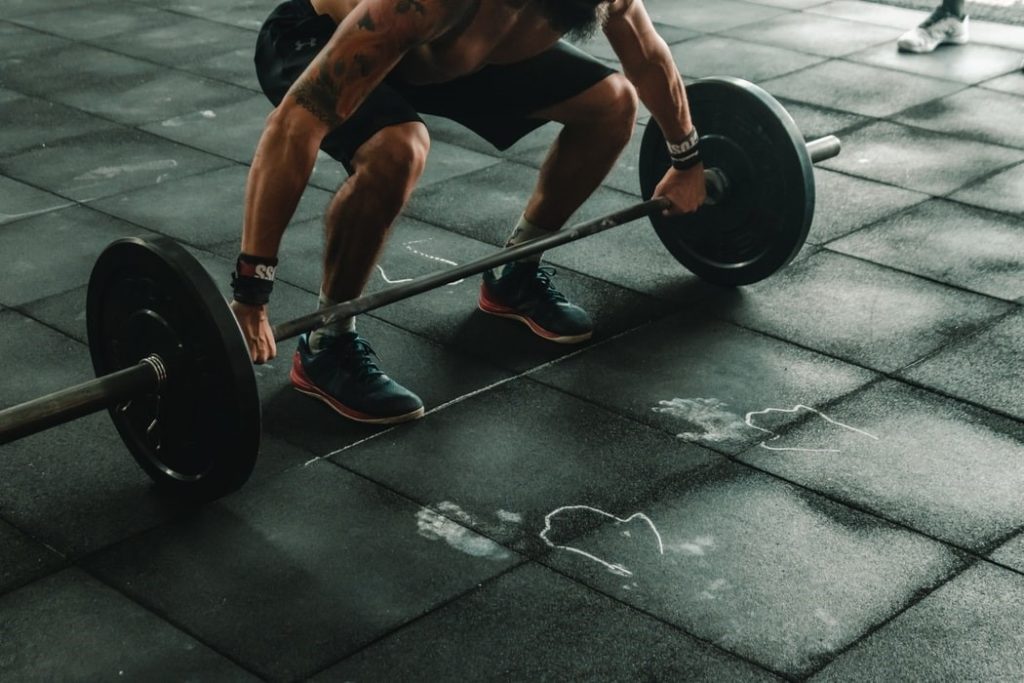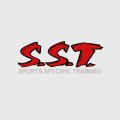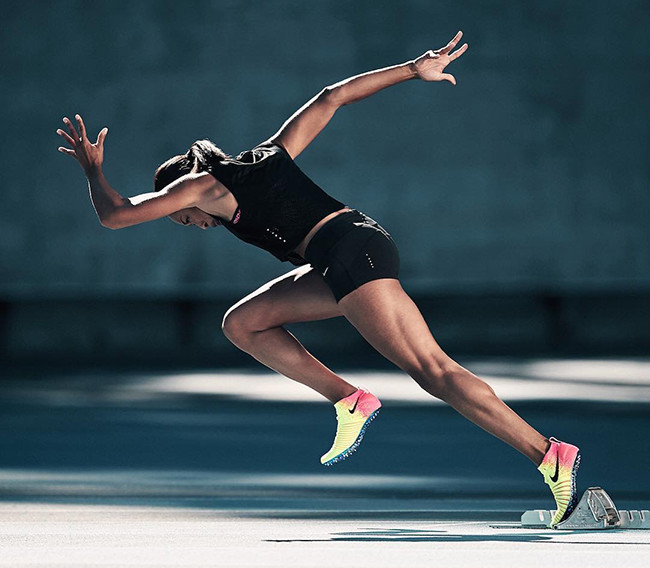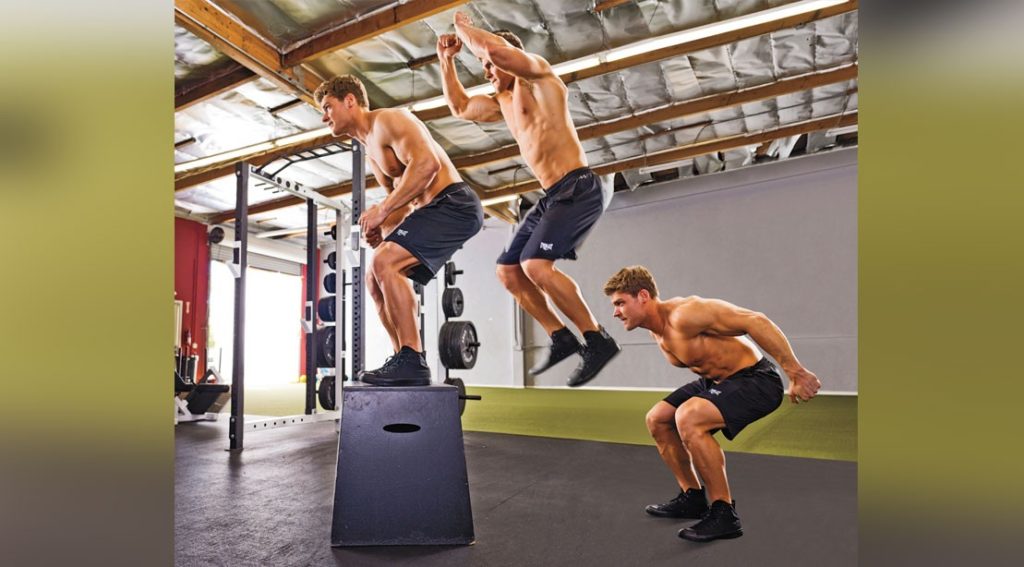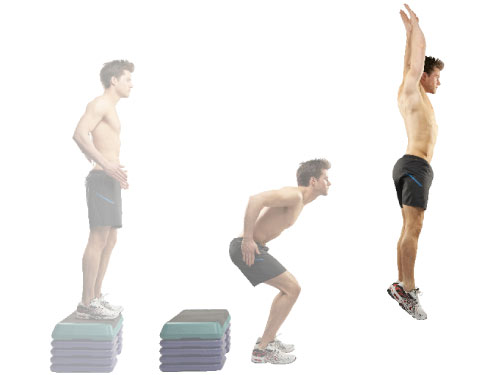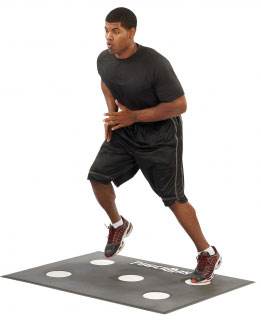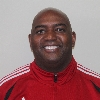Parents often have many questions about strength and conditioning for their children, which mainly stem around their concerns about whether it is safe for their child to undergo this type of training. Some common questions are:
- Is it safe for my child to resistance / strength train?
- My child won’t be lifting heavy weights, will they?
- I’ve heard resistance training can stunt my child’s growth, is this true?
Here at SST Burlington we like to educate our parents on the misconceptions surrounding strength training for youth and point them in the direction of resources that address their concerns. The National Strength and Conditioning Association (NSCA) has recently released a position statement on resistance training for youth. This position states 7 Key elements regarding resistance training for youth:
1. A properly designed and supervised resistance training program is relatively safe for youth.
2. A properly designed and supervised resistance training program can enhance the muscular strength and power of youth.
3. A properly designed and supervised resistance training program can improve the cardiovascular risk profile of youth.
4. A properly designed and supervised resistance training program can improve motor skill performance and may contribute to enhanced sports performance of youth.
5. A properly designed and supervised resistance training program can increase a young athlete’s resistance to sports related injuries.
6. A properly designed and supervised resistance training program can help improve the psychosocial well-being of youth.
7. A properly designed and supervised resistance training program can help promote and develop exercise habits during childhood and adolescence.

While the key element in all of the benefits that youth can gain in resistance training are accompanied with a properly designed and supervised resistance training program by a trained professional, the NSCA largely dispels a lot of our parents concerns around resistance training for youth and states a lot of the associated benefits that can come from resistance training.
Programming for youth athletes should be done by a qualified professional, who understands pediatric exercise physiology, and the program needs to be tailored to the individual youth athletes needs, based on an assessment of their movement competencies. Focus should also be on movement and proper lifting technique, where proper and age appropriate progressions are followed.
If you are still wondering after the NSCA’s position statements (along with 7 other worldwide associations who have published position statements advocating for the benefits and safety of resistance training for youth) if it will stunt your child’s growth, the answer is no, as long as the above criteria are met.
A properly designed and appropriate program will help to build bone density and structure, along with building the neuromuscular system. In development, youth is actually a great time to build bone density and structure, and the fears that resistance training would injure growth plates of youth is not supported by any scientific papers or clinical observations. Furthermore, when discussing injuries, resistance training is a lot safer (in terms of injury rates) than the sports are youth participate in and is a great way to help prevent injuries that occur in sport, by learning movement and gaining strength.

Let’s go over some of our common questions and concerns again:
- Is it safe for my child to resistance / strength train?
YES! Provided they are following a supervised, age-appropriate program, designed by a professional with experience training youth.
- My child won’t be lifting heavy weights, will they?
POSSIBLY! If it is age appropriate for the youth, and they have followed proper progressions and have technically sound form… remember bodyweight is a key form of resistance that all our youth athlete learn how to handle before we add any external resistance. Resistance does also not always mean heavy barbells and weights. Resistance can be medicine balls, pulling sleds, appropriately sized machine weights etc.

I’ve heard resistance training can stunt my child’s growth, is this true?
NO! There is no evidence to support this claim, provided again the program is designed by a professional with understanding of pediatric exercise physiology. This is actually a great time to help our youth build strong bones and get other benefits of resistance training including preventing injuries and improving sport performance.
If you still have concerns regarding resistance training for youth I urge you to checkout and educate yourself by reading the NSCA’s position statement on resistance training for youth or likewise come into our SST Burlington location to talk to one of our qualified coaches you can ease your concerns and talk to you more about the benefits of resistance training for youth.
Click Here to request a complimentary demo session and see how we prepare our young athletes for peak sports performance.
References:
- Faigenbaum, A. D., Kraemer, W. J., Blimkie, C. J., Jeffreys, I., Micheli, L. J., Nitka, M., & Rowland, T. W. (2009). Youth resistance training: updated position statement paper from the national strength and conditioning association. The Journal of Strength & Conditioning Research, 23, S60-S79.

